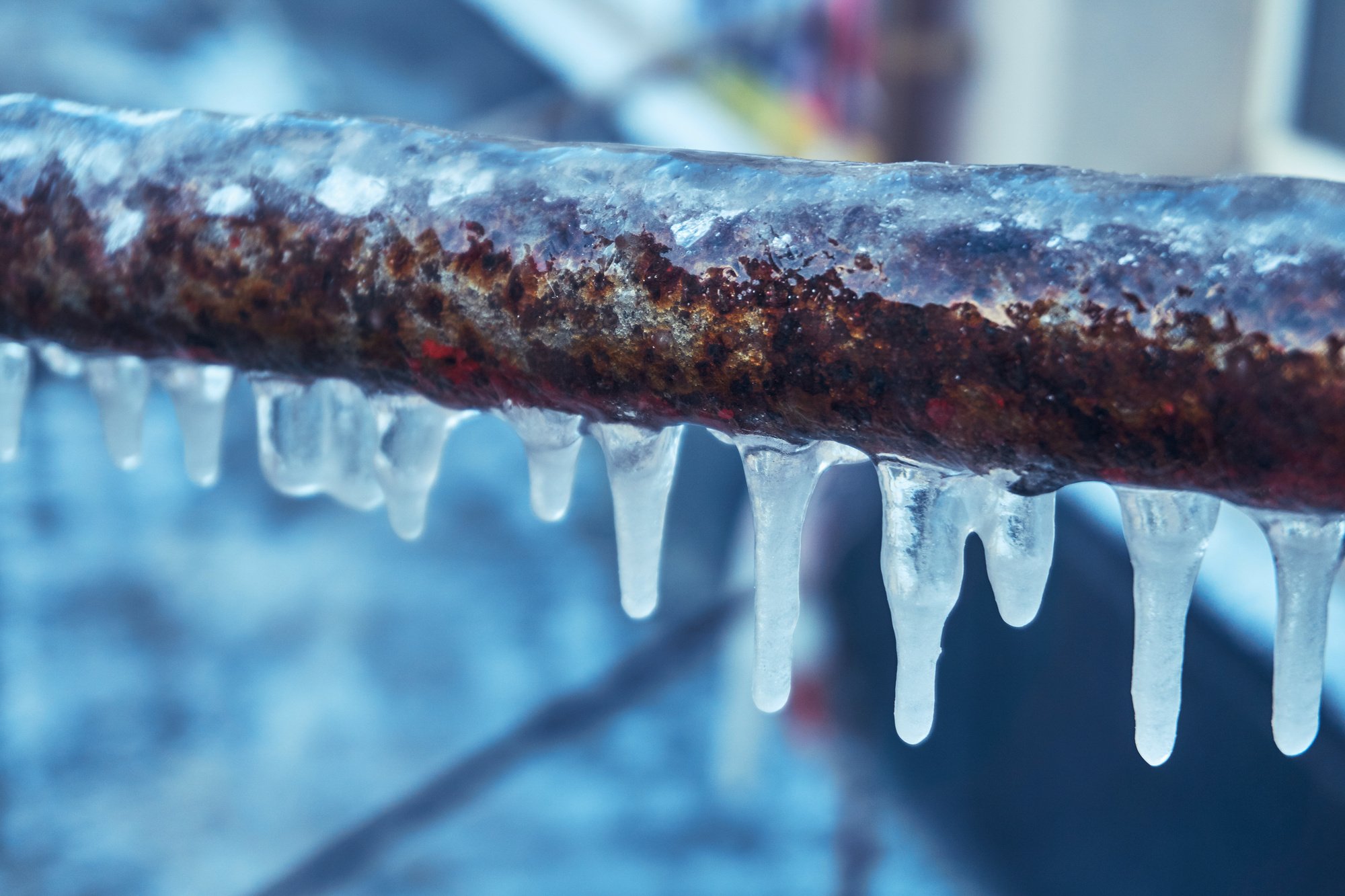Tips to Prevent Frozen Pipes in Winter: Pro Advice
Request AppointmentAre you searching for help about How To Avoid Freezing Pipes?

Cold weather can ruin your plumbing, specifically by freezing pipes. Below's how to stop it from happening and what to do if it does.
Intro
As temperature levels decline, the risk of frozen pipelines increases, potentially bring about costly repair work and water damages. Recognizing exactly how to stop frozen pipes is important for home owners in cool environments.
Understanding Frozen Pipelines
What creates pipelines to ice up?
Pipelines ice up when revealed to temperature levels listed below 32 ° F (0 ° C) for prolonged periods. As water inside the pipes ices up, it broadens, putting pressure on the pipe walls and possibly triggering them to break.
Risks and damages
Frozen pipes can lead to water system interruptions, residential property damage, and pricey repairs. Ruptured pipes can flooding homes and create extensive structural damages.
Indications of Frozen Pipeline
Recognizing frozen pipes early can avoid them from rupturing.
Just how to recognize icy pipelines
Try to find lowered water circulation from taps, unusual smells or sounds from pipes, and visible frost on revealed pipes.
Prevention Tips
Protecting prone pipelines
Wrap pipes in insulation sleeves or utilize warm tape to shield them from freezing temperatures. Focus on pipes in unheated or outside areas of the home.
Home heating techniques
Keep interior spaces adequately heated, especially areas with plumbing. Open up closet doors to enable warm air to circulate around pipelines under sinks.
Protecting Outdoor Pipes
Yard hose pipes and outdoor taps
Disconnect and drain pipes garden tubes prior to winter season. Install frost-proof faucets or cover outdoor faucets with shielded caps.
What to Do If Your Pipes Freeze
Immediate activities to take
If you suspect frozen pipes, keep taps available to soothe pressure as the ice melts. Utilize a hairdryer or towels taken in hot water to thaw pipelines slowly.
Long-Term Solutions
Architectural adjustments
Take into consideration rerouting pipes far from exterior wall surfaces or unheated locations. Add additional insulation to attic rooms, cellars, and crawl spaces.
Upgrading insulation
Invest in high-quality insulation for pipes, attics, and walls. Correct insulation aids maintain consistent temperatures and minimizes the threat of icy pipelines.
Verdict
Stopping icy pipelines needs positive procedures and quick reactions. By comprehending the causes, signs, and preventive measures, house owners can secure their plumbing during winter.
6 Proven Ways to Prevent Frozen Pipes and Protect Your Home
Disconnect and Drain Garden Hoses
Before winter arrives, start by disconnecting your garden hoses and draining any remaining water. Close the shut-off valves that supply outdoor hose bibs and leave the outdoor faucet open to allow any residual water to drain. For extra protection, consider using faucet covers throughout the colder months. It’s also important to drain water from any sprinkler supply lines following the manufacturer’s directions.
Insulate Exposed Pipes
Insulating your pipes is an effective way to prevent freezing. Pipe insulation is readily available at home improvement stores and is relatively inexpensive. Pay close attention to pipes in unheated areas such as the attic, basement, crawl spaces, or garage. Apply foam insulation generously to create a buffer against the cold. You can also wrap your pipes in heat tape or thermostat-controlled heat cables for added warmth.
Seal Air Leaks
Inspect your home for any cracks or openings that could let in cold air. Seal any holes around the piping in interior or exterior walls, as well as the sill plates where your home rests on its foundation. Additionally, make sure to keep your garage door closed unless you’re entering or exiting. Leaving it open creates a significant air leak that can lead to frozen pipes.
Allow Warm Air Circulation
During cold snaps, it’s essential to allow warm air to circulate evenly throughout your home. Leave interior doors ajar to promote better airflow. Open kitchen and bathroom cabinets to help distribute heat consistently around the rooms. If you have small children or pets, be sure to remove any household chemicals or potentially harmful cleaners from open cabinets for safety.
Let Faucets Drip
A small trickle of water can make a big difference in preventing ice formation inside your pipes. When temperatures drop significantly, start a drip of water from all faucets served by exposed pipes. This continuous flow helps prevent the water from freezing. Additionally, running a few faucets slightly can relieve pressure inside the pipes, reducing the chances of a rupture if the water inside does freeze.
https://choateshvac.com/6-proven-ways-to-prevent-frozen-pipes-and-protect-your-home/

As an avid reader on Preventing and dealing with frozen pipes, I thought sharing that excerpt was really helpful. Those who enjoyed our page plz don't forget to share it. Thanks a lot for going through it.
Check It Out